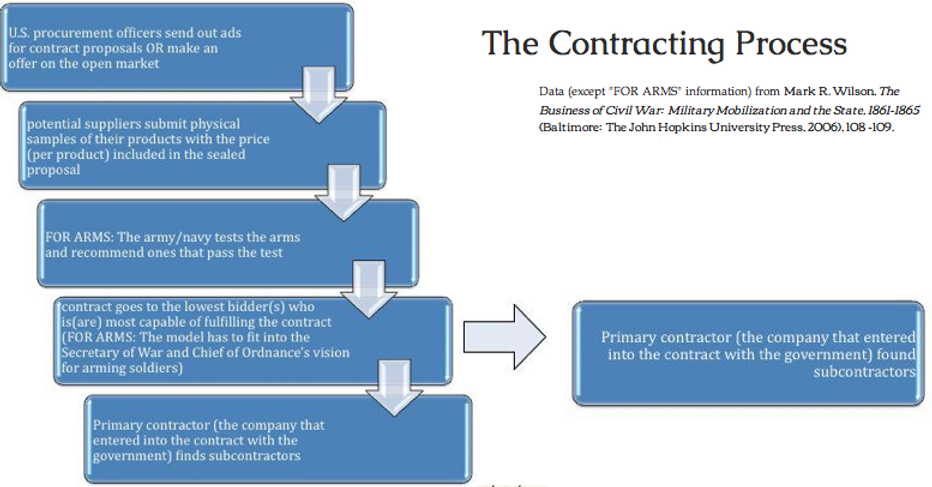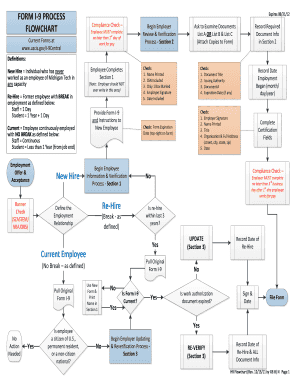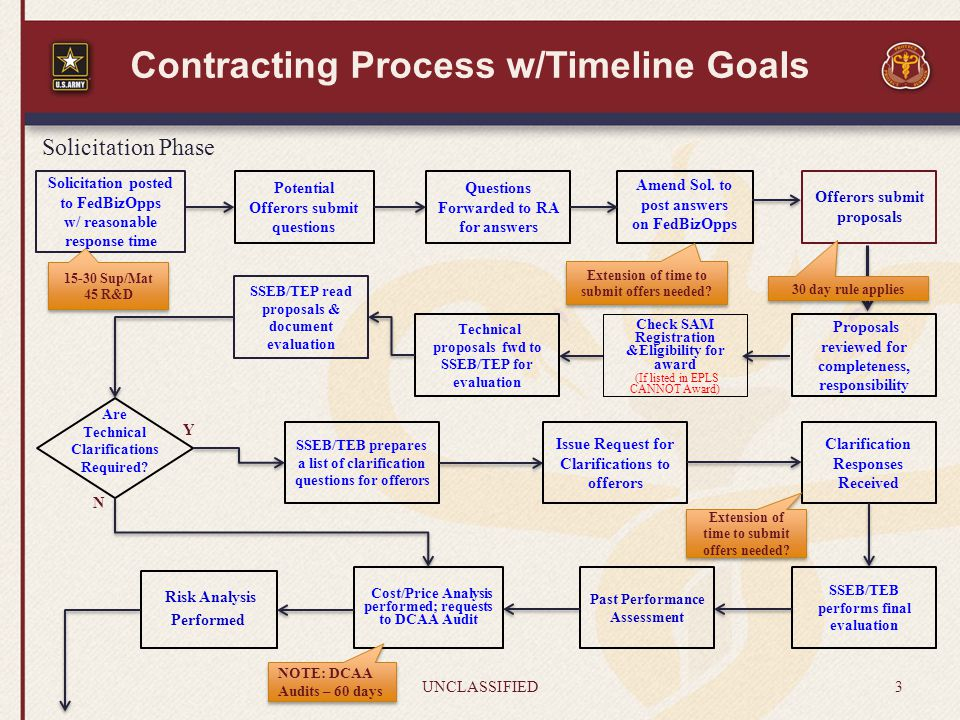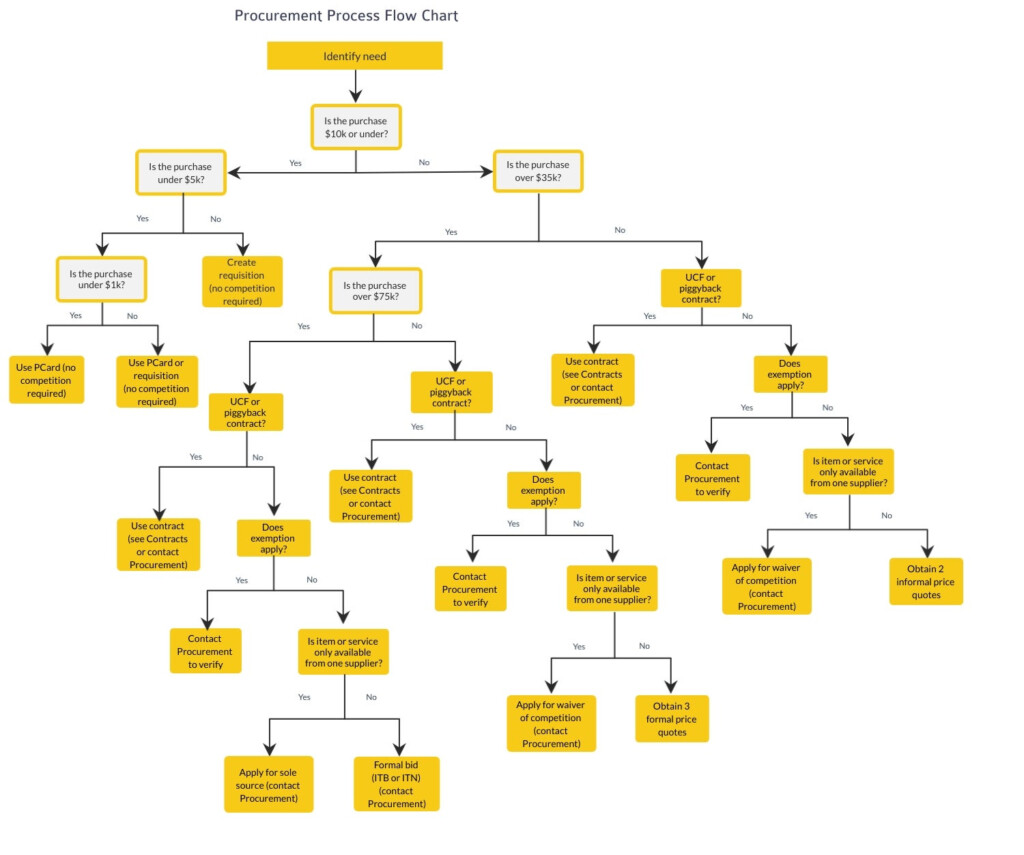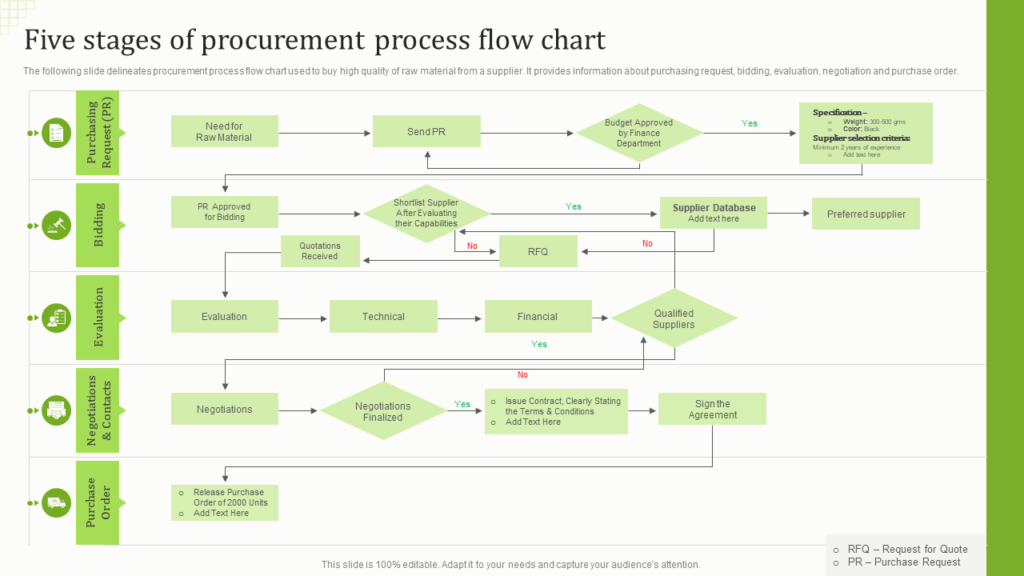When it comes to managing contracts in any business or organization, having a clear and structured process is essential. A Contracting Process Flow Chart is a visual representation of the steps involved in the contracting process, from the initial request for proposal to contract closeout. In this article, we will explore the key elements of a contracting process flow chart and how it can help streamline your contract management process.
The contracting process flow chart typically includes the following key steps:
Contracting Process Flow Chart
1. Request for Proposal (RFP)
The first step in the contracting process is the creation of a Request for Proposal (RFP). This document outlines the requirements and specifications for the project or service that needs to be contracted out. It is typically sent to potential vendors or contractors who will then submit proposals outlining how they will meet the requirements.
Once the RFP responses have been received, they are evaluated based on criteria such as price, quality, and experience. The evaluation process may involve scoring each proposal and conducting interviews or site visits to assess the capabilities of the potential vendors.
2. Contract Negotiation
After the vendor has been selected, the next step in the contracting process is negotiating the terms of the contract. This includes finalizing the scope of work, pricing, timelines, and any other terms and conditions that need to be agreed upon. Contract negotiation may involve back-and-forth discussions between the parties until a mutually acceptable agreement is reached.
Once the contract terms have been finalized, the contract is typically signed by both parties and becomes legally binding. It is important to ensure that all parties involved understand and agree to the terms of the contract to avoid any misunderstandings or disputes down the line.
Benefits of Using a Contracting Process Flow Chart
There are several benefits to using a contracting process flow chart in your organization:
1. Improved Efficiency
By clearly outlining the steps involved in the contracting process, a flow chart can help streamline the process and ensure that all parties are on the same page. This can help reduce delays and miscommunications, leading to faster contract execution and project delivery.
2. Enhanced Transparency
A contracting process flow chart provides a transparent view of the entire contracting process, making it easier for stakeholders to understand the status of each contract and identify any potential bottlenecks or issues. This can help improve accountability and ensure that contracts are managed effectively from start to finish.
In conclusion, a Contracting Process Flow Chart is a valuable tool for any organization looking to improve their contract management process. By clearly defining the steps involved and visualizing the flow of the process, you can enhance efficiency, transparency, and accountability in your contracting operations. Consider implementing a contracting process flow chart in your organization to streamline your contract management process and drive better results.
Download Contracting Process Flow Chart
Government Contracting Process Flow Chart A Visual Reference Of Charts
Contracting Process Flow Chart A Visual Reference Of Charts Chart Master
Procurement Process Flow Chart Fresh Contracting Process Flow Chart Images
Procurement Process Flow Chart Fresh Contracting Process Flow Chart
